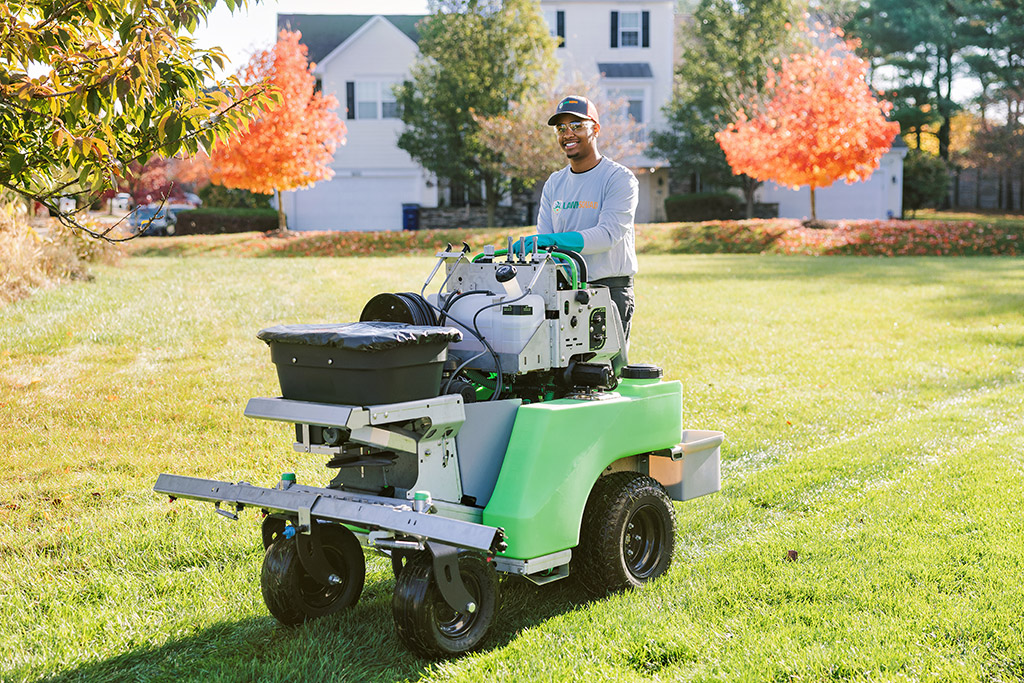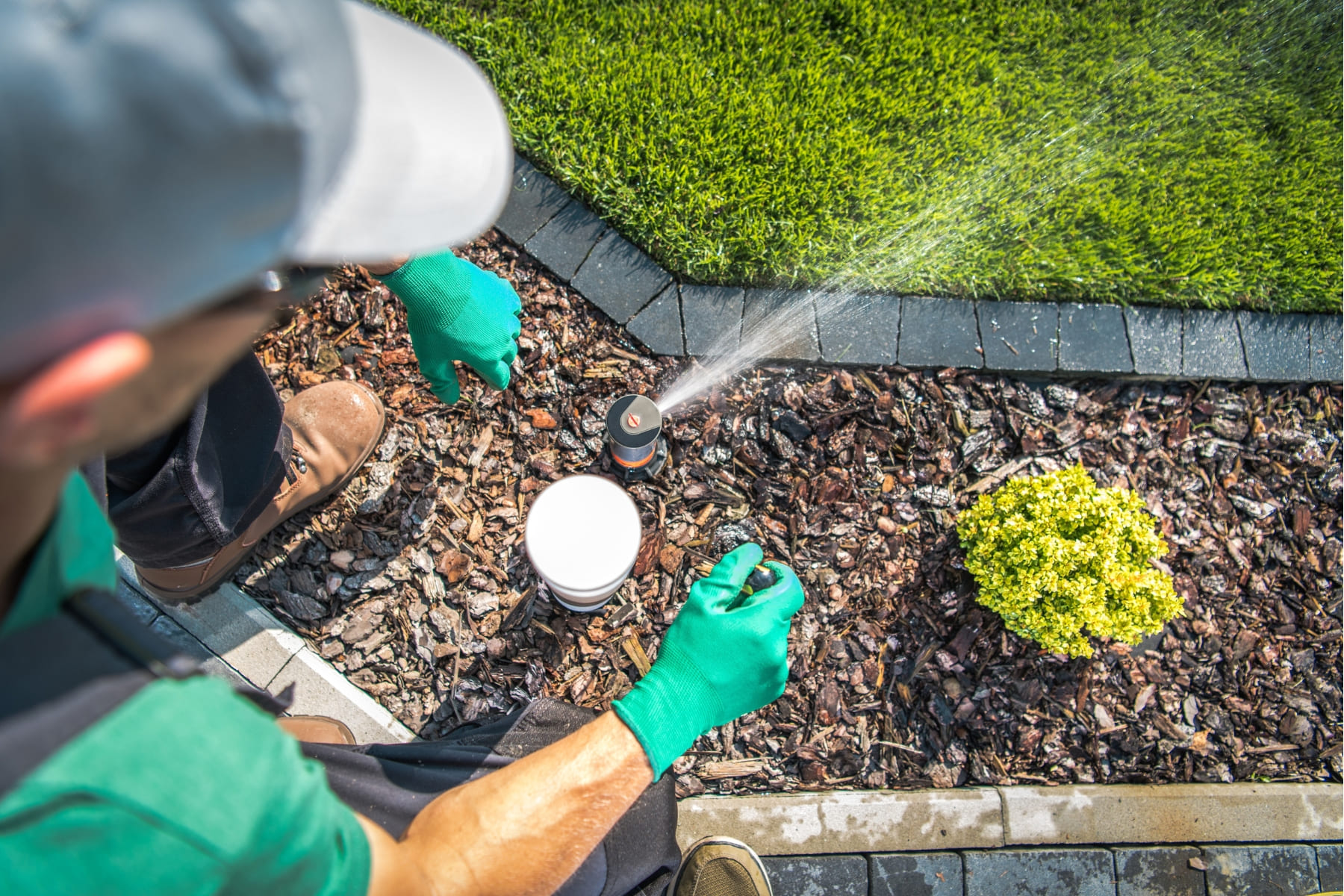Bay Village, OH 44140, USA
Brecksville, OH 44141, USA
Brook Park, OH 44142, USA
Broadview Heights, OH 44147, USA
Cleveland, Ohio 44188, USA
Cleveland, Ohio 44190, USA
Cleveland, Ohio 44191, USA
Cleveland, Ohio 44194, USA
Cleveland, Ohio 44197, USA
Columbia Station, OH 44028, USA
Gates Mills, OH 44040, USA
Grand River, OH 44045, USA
Independence, OH 44131, USA
Maple Heights, OH 44137, USA
North Olmsted, OH 44070, USA
North Ridgeville, OH 44039, USA
North Royalton, OH 44133, USA
Olmsted Falls, OH 44138, USA
Painesville, OH 44077, USA
Rocky River, OH 44116, USA
Sheffield Lake, OH 44054, USA
Strongsville, OH 44136, USA
Strongsville, OH 44149, USA
Valley City, OH 44280, USA
Willoughby, OH 44094, USA
Willoughby, Ohio 44096, USA










